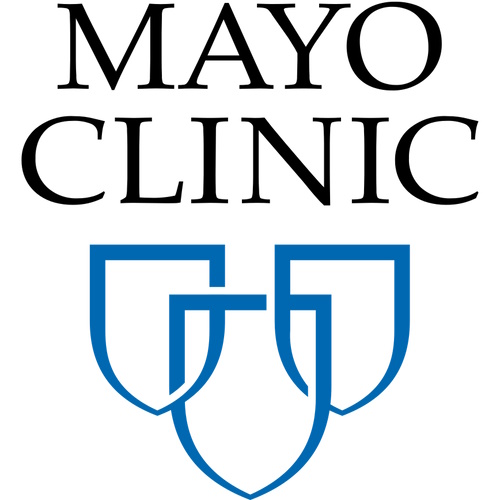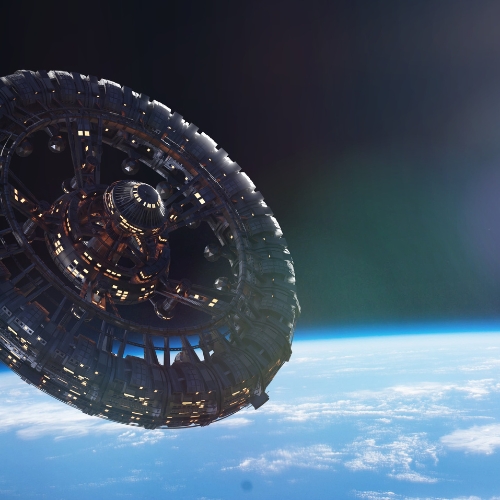Key points from article :
A Mayo Clinic study, published in NPJ Microgravity, explores how microgravity on the International Space Station (ISS) enhances stem cell growth, potentially accelerating biotherapies and complex disease treatments. The research found that cells grown in space develop unique regenerative properties, which could improve treatment for conditions like neurodegenerative diseases, heart damage, and cancer.
Microgravity's weightlessness allows stem cells to grow in a three-dimensional state, closely mimicking how they expand in the human body. This is a significant improvement over Earth-based, two-dimensional lab cultures, which lack this natural environment. The ISS experiments revealed that space-grown mesenchymal stem cells, which support immune function and healing, exhibit stronger immunosuppressant properties than those grown on Earth.
Hematopoietic stem cells, essential for blood regeneration, expanded in space, showing promise for future applications in treating blood disorders and cancers. Additionally, cardiovascular progenitor cells grew in space, potentially offering new ways to repair damaged heart tissue. Neural stem cells, responsible for brain repair, retained their regenerative abilities when returned to Earth, suggesting potential therapies for brain and nervous system diseases.
However, researchers face several challenges. Long-term exposure to microgravity could weaken cell functionality, and space radiation might alter cellular DNA, posing risks like cancer. Initial studies have shown no chromosomal damage, but more research is essential to fully understand these effects.
This research, supported by NASA and Mayo Clinic’s Center for Regenerative Biotherapeutics, highlights microgravity's potential in advancing regenerative medicine. Though still in early stages, the findings open new possibilities for disease modeling and therapies, expanding the role of space research in healthcare. The study represents a step toward developing space-grown cells into viable clinical treatments on Earth, promising breakthroughs in stem cell therapy.








